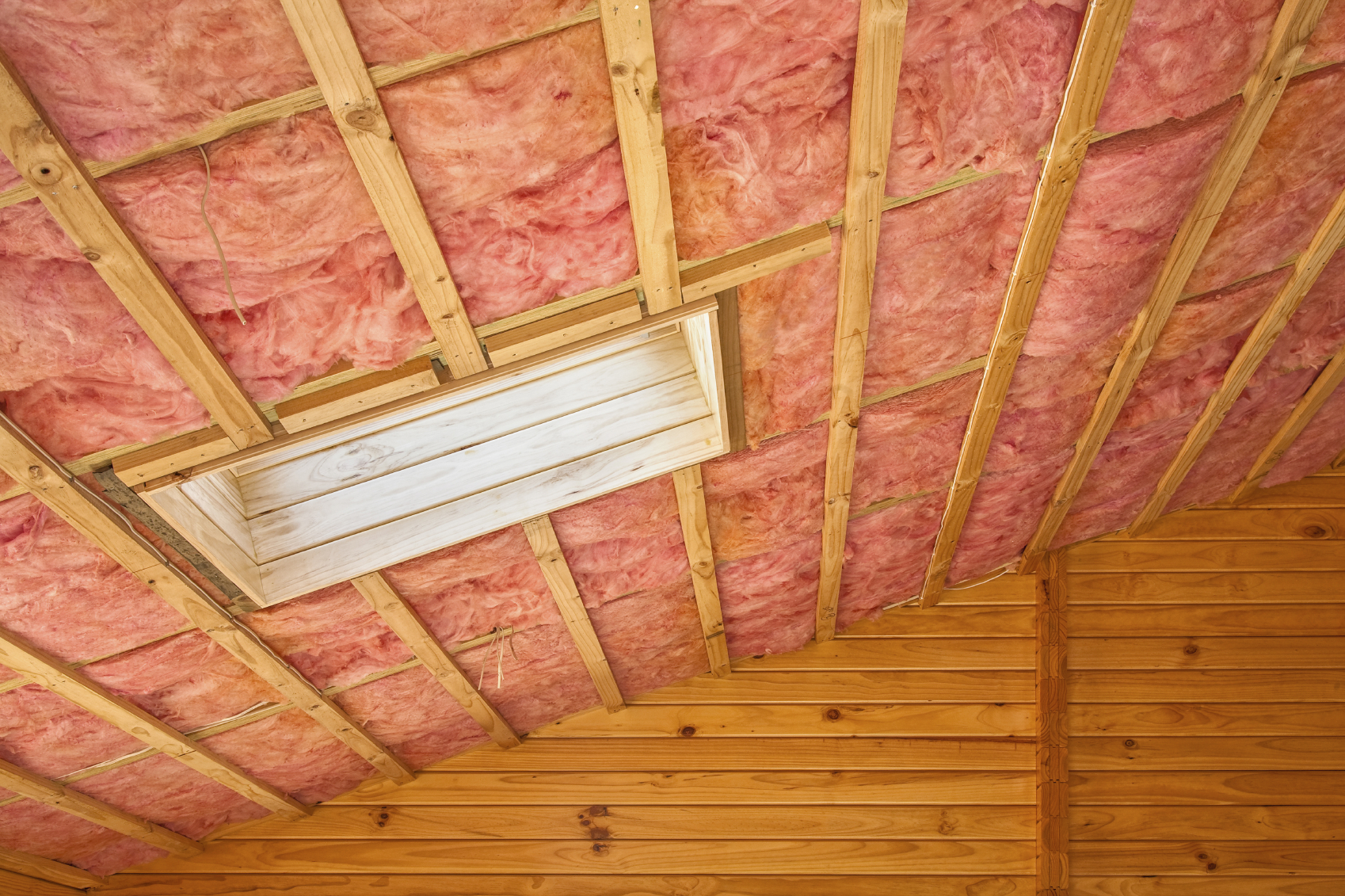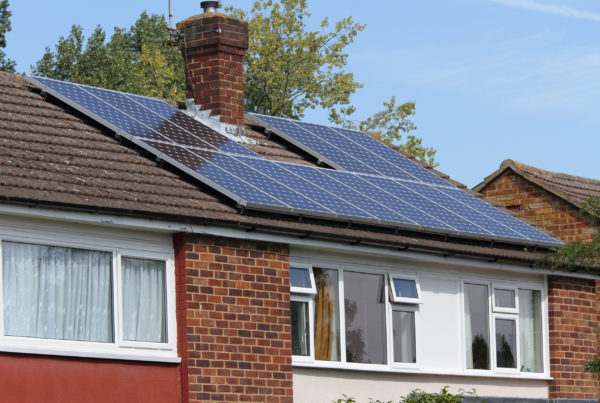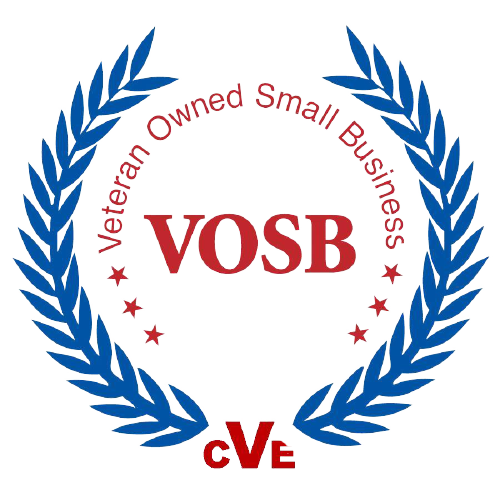
What is it?
Silicon based aerogel insulation is a lightweight material with a thin profile that has insulating properties almost three times that of traditional fiberglass insulation. It is also fire resistant, hydrophobic, and compression resistant, which are all desirable qualities for the next generation of insulating materials.
How does it work?
Aerogels are composed almost entirely of air surrounded by a lattice structure, which is silica in this case. Both air and silica are not good conductors of heat, and the lattice structure prevents air from circulating through. These factors combine to give silicon aerogel very good insulating properties. One aerogel insulation product on the market has an insulation R-value of 9.8 per inch, compared with about R-3.5 per inch for traditional fiberglass batt insulation. Even higher R-values have been reported in laboratory settings.
What are the most appropriate applications?
Silicon based aerogel insulation can be used everywhere from building envelopes to process equipment and piping. The advantage over typical insulation is silicon aerogels are thin and bendable, making it easy to install in areas with limited space or on oddly shaped objects. Because it is also lightweight, it is also great for ceiling mounted pipes or equipment where weight may be a major consideration.
What are the savings?
Savings depend on the specific project parameters, but if the same thickness of aerogel insulation is added versus traditional fiberglass insulation, the difference in R-value can produce savings of 25-60%.
What are the non-energy benefits?
Aerogel insulation takes up less space and weighs less than traditional insulation. It can also be bent, cut, or otherwise shaped into unique configurations.
What is the cost?
At this point, the same R-value of aerogel insulation will be about double the cost of fiberglass insulation. The price will drop as demand and manufacturing processes improve.
What is the status/availability of the technology?
This technology is available through multiple vendors.
What kinds of incentives/programs are available?
This technology can be evaluated under both Custom Rebate and prescriptive programs, depending on the application.



